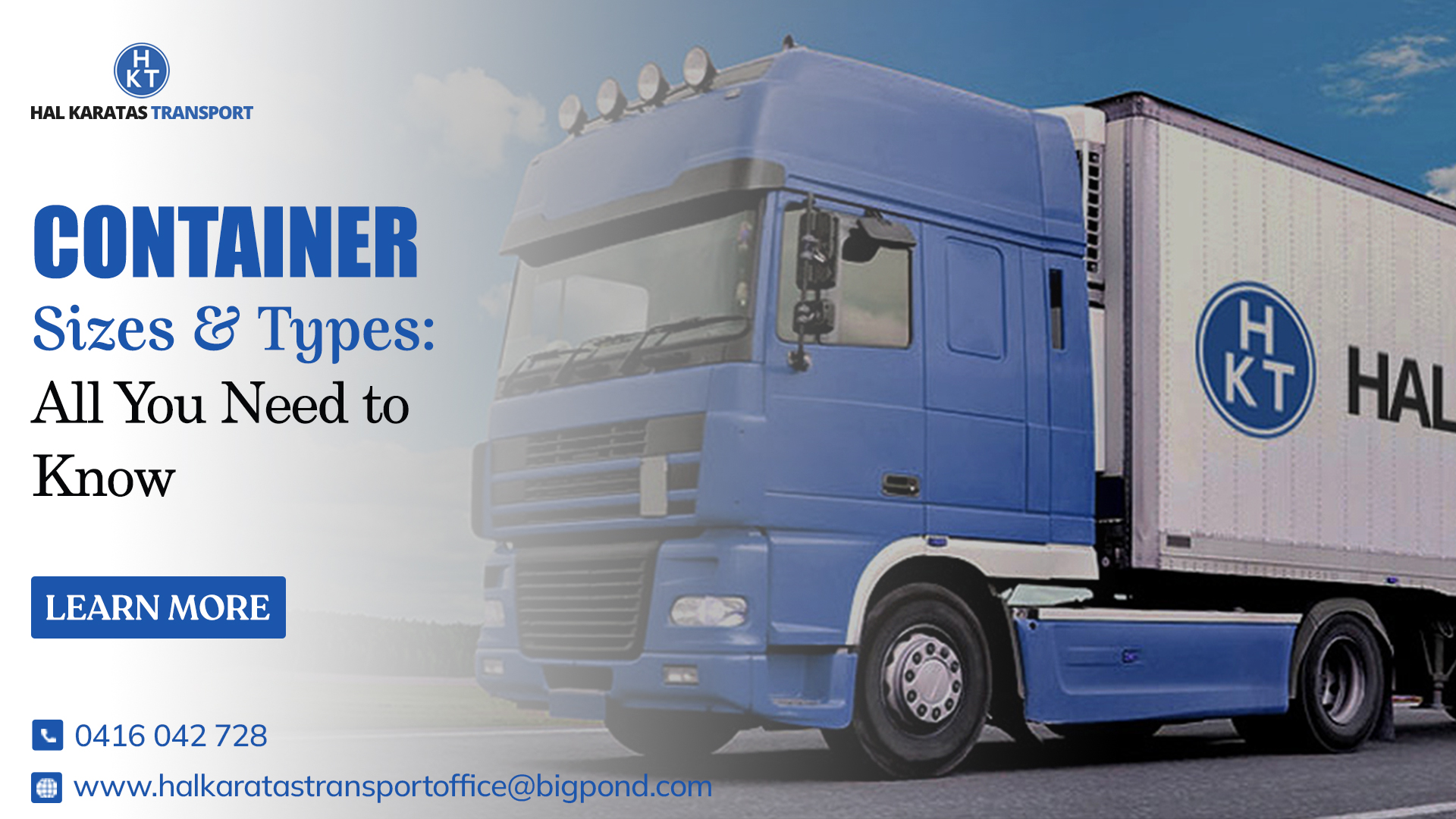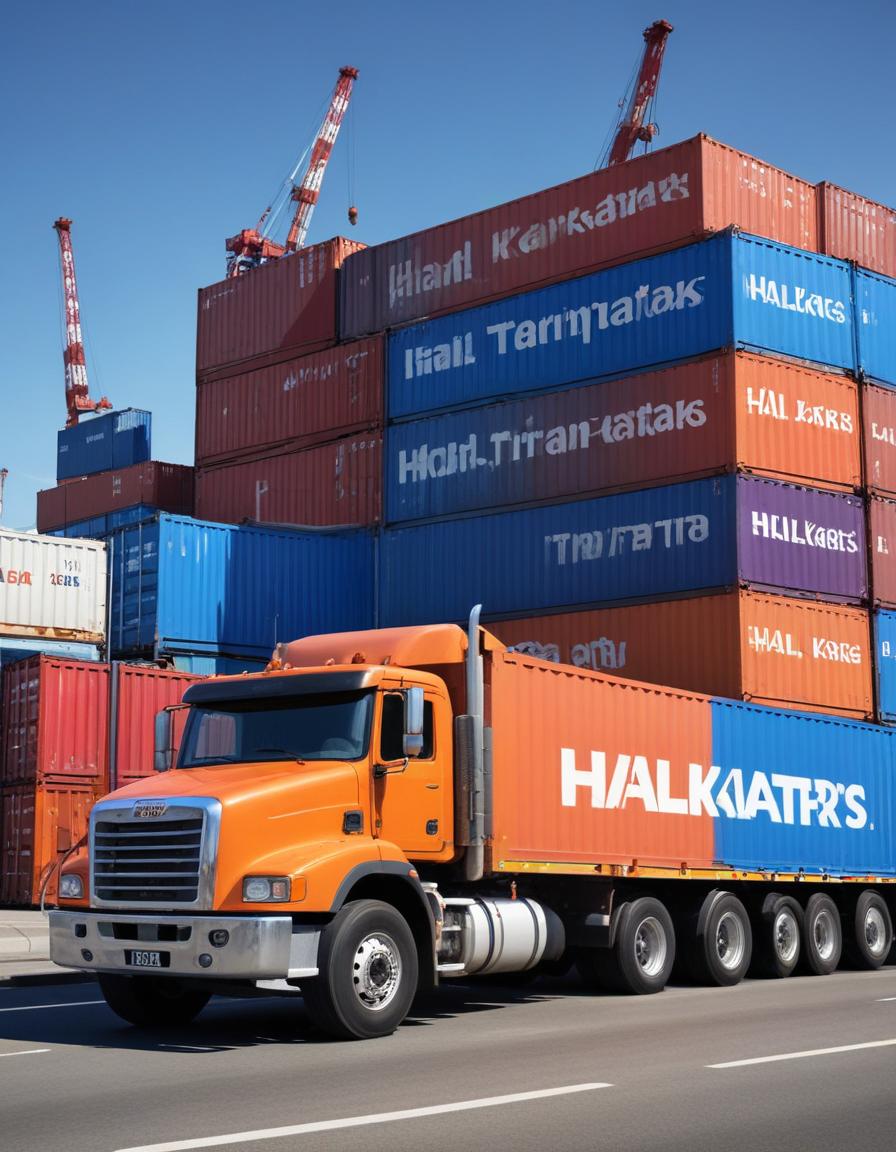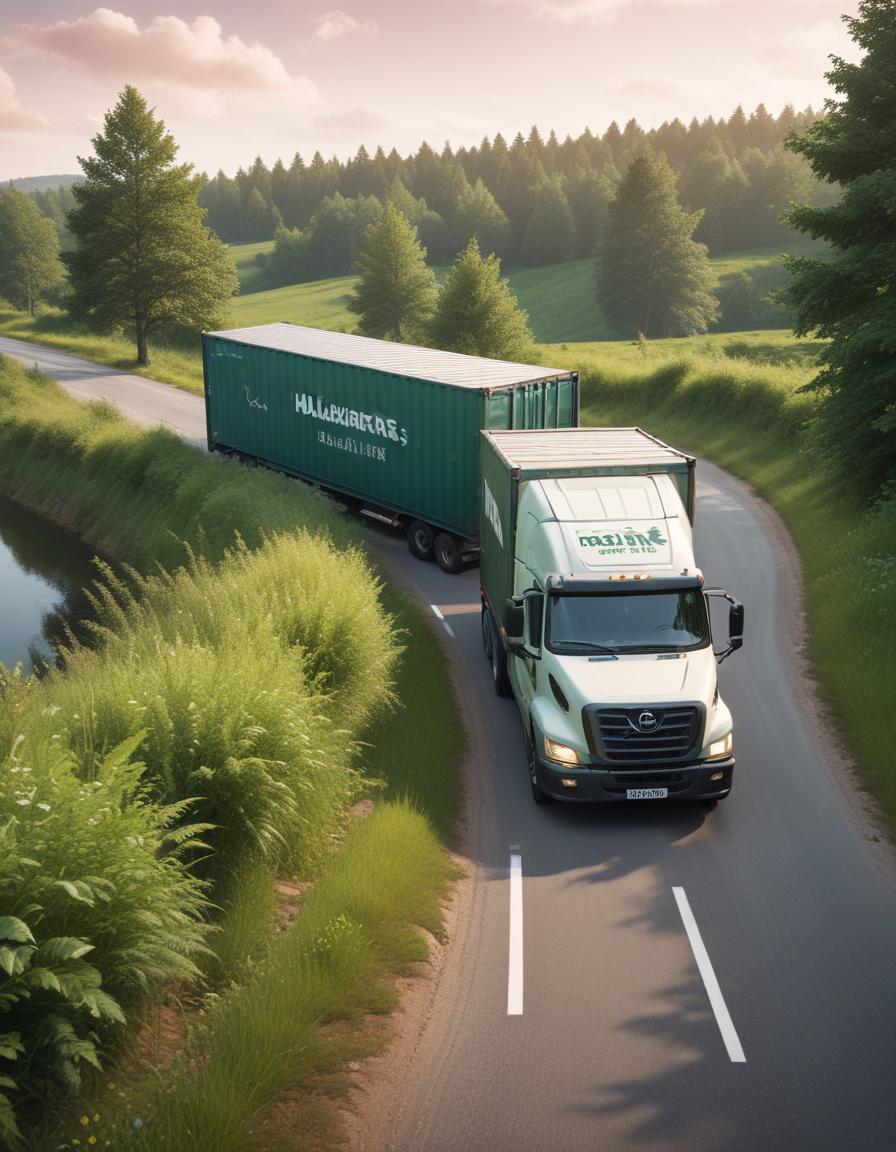
Shipping containers are the backbone of global trade, facilitating the efficient movement of goods across vast distances. Understanding the various container sizes and types is crucial for businesses involved in logistics, especially when coordinating services like container transport in Sydney.

The International Organisation for Standardisation (ISO) has standardised dimensions for shipping containers to be uniformly compatible worldwide. The most common sizes are as follows:
20-Foot Container: This is 20 feet in length, 8 feet in width and 8.5 feet in height. This container provides about 1,170 cubic feet of storage space. It is ideal for transporting heavy goods because of its manageable size and weight capacity.
40-Foot Container: 40 feet in length, 8 feet in width and 8.5 feet in height. It offers an approximate space of 2,390 cubic feet. It’s ideal for lighter, bulky cargo.
40-Foot High Cube Container: Length and width are the same as that of the regular 40-foot container, but it’s one foot taller than that, which is 9.5 feet. Therefore, it has more capacity for bulky items.
Beyond the standard container, a variety of specialised types are used to meet particular cargo requirements:
Refrigerated Containers (Reefers): These containers have refrigeration systems to provide controlled temperatures for carrying perishable commodities such as food and pharmaceuticals.
Open-Top Containers: The top of these containers has a removable tarpaulin. They are meant for oversized cargo that cannot easily pass through the doors of standard containers, such as machinery or timber.
Flat Rack Containers: Ideal for heavy or oversized items such as vehicles and construction equipment, the sides of these containers collapse easily.
Tank Containers: Transport liquids, gases, or powders in a stainless-steel tank housed within a standard frame.
Selecting the appropriate shipping container transport in Sydney depends on several factors:
Cargo type: Determine whether your shipment requires temperature control, particular loading methods, or exact dimensions.
Volume and weight: Ensure the container does not exceed the weight and volume limits set by law.
Destination requirements: Any regional regulation or constraint may influence your container choice.
Container Transport in Sydney
Sydney operates under so many businesses and efficiency is very important in transporting their containers. Companies offer all the services, including side loader transportation, container cartage and interstate transport.
Sideloader Transportation
Sideloaders are special types of trucks that can lift and move containers without the support of other cranes. This method is especially convenient in places with little space, where one can exactly place the containers.
When utilising side loader services, it’s important to consider:
Access Space: Ensure there is sufficient clearance for the sideloader to operate, including height and width considerations.
Ground Conditions: The unloading area should be level and stable to prevent accidents during loading or unloading.
Overhead Obstacles: Check for any overhead obstructions like trees or power lines that could impede the safe operation of the sideloader.
Hired professional services for shipping container transport in Sydney offer numerous advantages:
Expertise: Seasoned operators are more knowledgeable in the intricacies involved with transporting containers, ensuring both safety and efficiency.
Equipment: Specialised equipment like side loaders allows for diverse handling of all types and sizes of containers.
Compliance: They are well-versed with local regulations and would conduct transport activities in keeping with the legal standards.

Understanding container sizes and types is essential for businesses involved in shipping and logistics. Companies can ensure the safe and efficient movement of their goods by selecting an appropriate service for container transport in Sydney. It contributes to the seamless flow of global trade, helping businesses meet deadlines and reduce costs. Choosing the right container type, whether it’s standard, refrigerated, or specialised, ensures the protection of goods and compliance with shipping regulations. With the right transport service, companies can streamline operations, avoid delays and maintain a competitive edge in the global marketplace.
Social Media Profile – FACEBOOK
